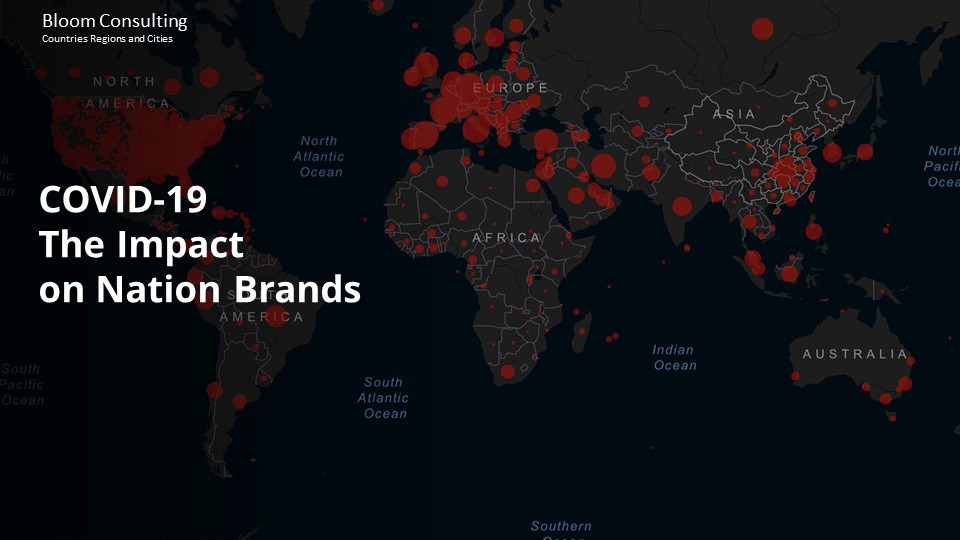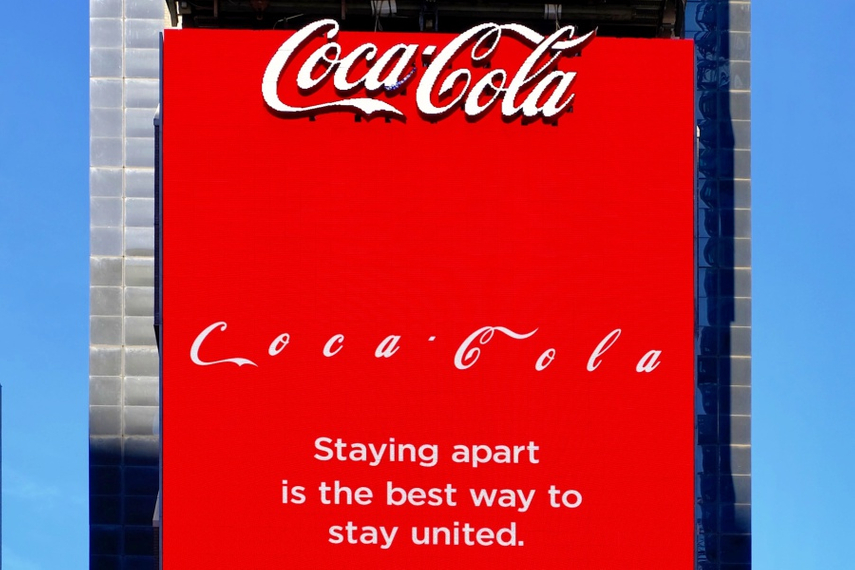The world was struck by the pandemic where we least expected. Companies were forced to make
changes overnight to withstand the emerging situation. Similarly, brand owners started realizing it
isn’t “business as usual” as the world is amidst an unprecedented crisis ever to strike the modern
world. Marketers began to understand that a crisis of this proportion will certainly dent the brand
appeal built over the years.
Brands were forced the accept the reality that COVID brought along a situation wherein brands were
forced to reset. The brand message, promise, rank and even value associated with a brand is going
through a change. Brand owners no longer are in control rather their customers, consumers and
even employees are calling the shots today.
With this mindset, brands are compelled to bring in accelerated changes wherein they are getting
judged on their actions and allocation of priorities amidst the shadow of the COVID pandemic. Brands
have stopped being experience-driven and are finding more acceptance based on what they deliver
in terms of messaging and services in this crisis situation.

In the current “new normal” brands are beginning to acknowledge that there needs to be a
significant shift in brand messaging and most of them seem to be more than willing to accommodate
such changes, which are:
- Inculcate Human-like Traits: Brands cannot afford to remain oblivious to the paradigm shift
that has occurred in the “new normal.” They cannot carry on with their messaging under the
guise of “relevant keywords” and familiar color palettes giving rise to familiar creatives and
graphic assets. Today, customers and consumers are more likely to embrace brands that live,
breathe, adapt, and evolve. In other words, a brand today is a dynamic entity that gets
affected by every major or minor decision taken by the marketer in getting across to the
audience. This has made the job of the marketer the proverbial “hot seat” where a single
false move has major consequences.
- Alignment of Purpose: Traditionally, brands have always tried to remain relevant to the
user. But COVID has changed all that, brands today will find relevance only when there is
close alignment between the purpose of the brand and that of the end-user. Without this
concurrence, many brands will find it tough navigating the branding landscape. If there are
brands who remain clueless about chalking out strategies to accommodate this shift, they
must listen closely to what their customers and employees have to say. Both internal and
external stakeholders must be allowed to lead the way in shaping the course for the brand.
- Relational not Transactional: Every business that seeks growth in the “new normal” cannot
ignore the possibilities emanating from a brand by associating itself with positive human
emotions like empathy and compassion. Brands cannot conduct themselves as “profit
mongers” and have to evolve into human-centered brands that think more about the well-
being of fellow humans than chasing profits. Hence, every interaction with customers or
consumers has to have a relational element to it more than transactional. In the long run,
brands are going to be benefitted from the increase in the efficiency and effectiveness of
their transactions through better and more intimate engagement with their audience.

Need of the Hour: Go Back to the Drawing Board
It is not unusual for marketing teams to tie themselves into knots when so much is happening in the
market. But there is a method to navigate the madness in this unpredictable and sometimes tumultuous business environment. Companies and especially brands, must go back to their basics and try to answer fundamental questions that led to the creation of the brand in the first place such as why does the brand exist? How do you serve the customer differently from your competitors?
What is the overarching purpose behind the creation of the company?
Answers to such questions would give companies and brands practical guidelines on handling this
crisis situation. Many companies tend to believe vision and mission statements tend to matter only
on the walls of boardrooms. Well, that is certainly not the case, today more than ever before, brands
must go through their vision, mission, and value statements to extract wisdom from words that were
etched by the founders for the future. Those words would give brands the renewed enthusiasm and
vigor to prepare themselves for the marathon called the “new normal” when uncertainty seems to
be the norm and the light at the end of the tunnel is still far from visible.
Conclusion:
While it may be a tough road ahead, the conditions remain the same for everyone who happens to
be in business. Given the tough circumstances, it is increasingly becoming clear that brands that
adopt a nimble strategy are likely to reap dividends in the long run. In contrast, companies that
remain inflexible and rigid towards the ground realities are going to find it tough negotiating the
current circumstances. Overall, it is about seeing the silver lining amongst the dark clouds, brands
that see potential opportunities even in these trying times are going to wither the storm and come
out unscathed with a lot of learnings for going forward.



